Natural processes
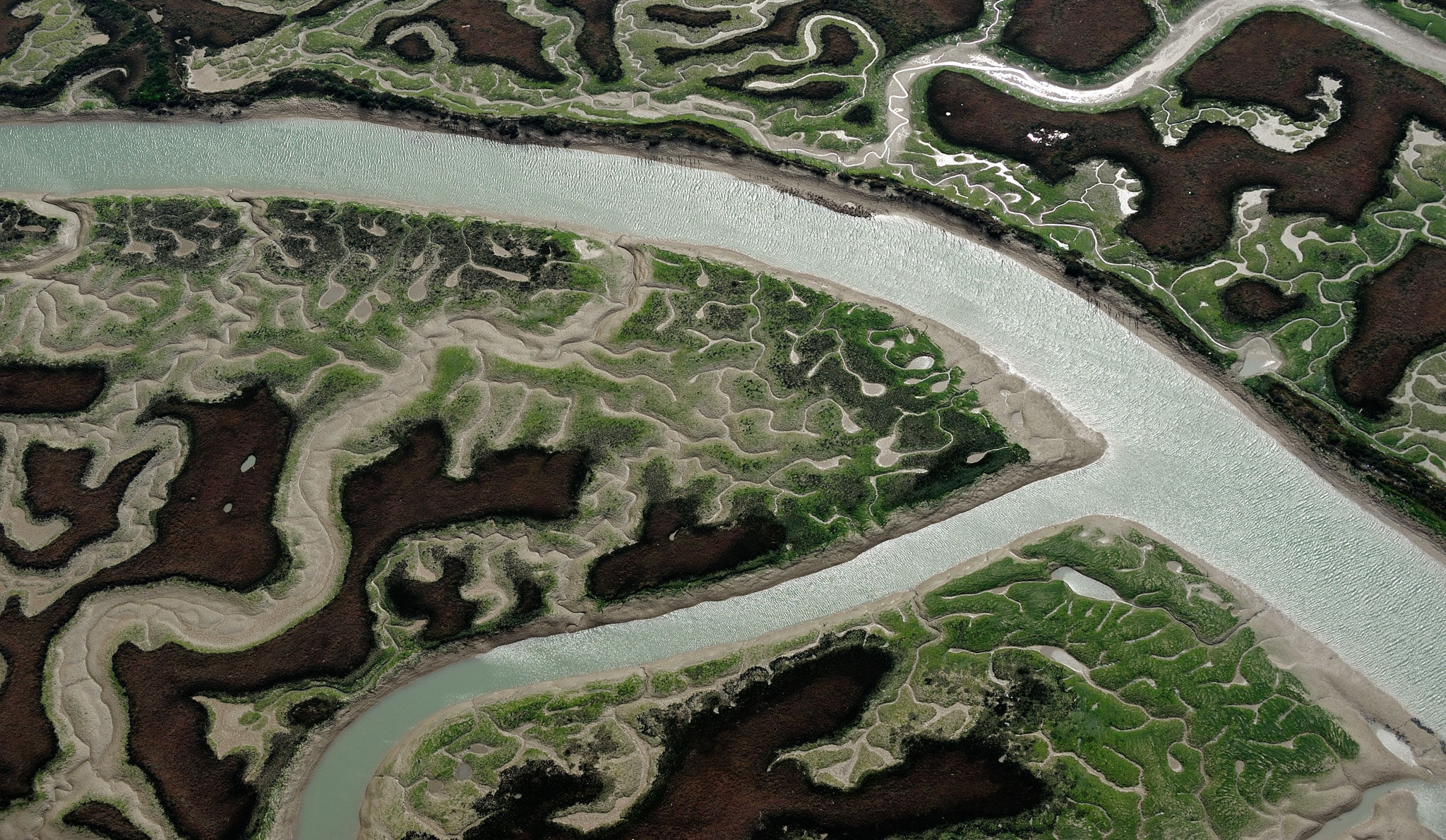
Functional landscapes
Nature, in its untamed state, possesses incredible capabilities to shape landscapes and ecosystems through natural processes. These processes include flooding, weather conditions, natural calamities, natural grazing, predation, and scavenging. The revival of natural processes lies at the heart of nature recovery and more naturally functioning ecosystems.
Rewilding Europe is creating enabling conditions for nature to thrive within now ten rewilding landscapes. By restoring and preserving these processes, we can preserve Europe’s rich biodiversity and enhance various benefits for all Europeans, from clean air and water to flood protection and enhanced health and well-being.
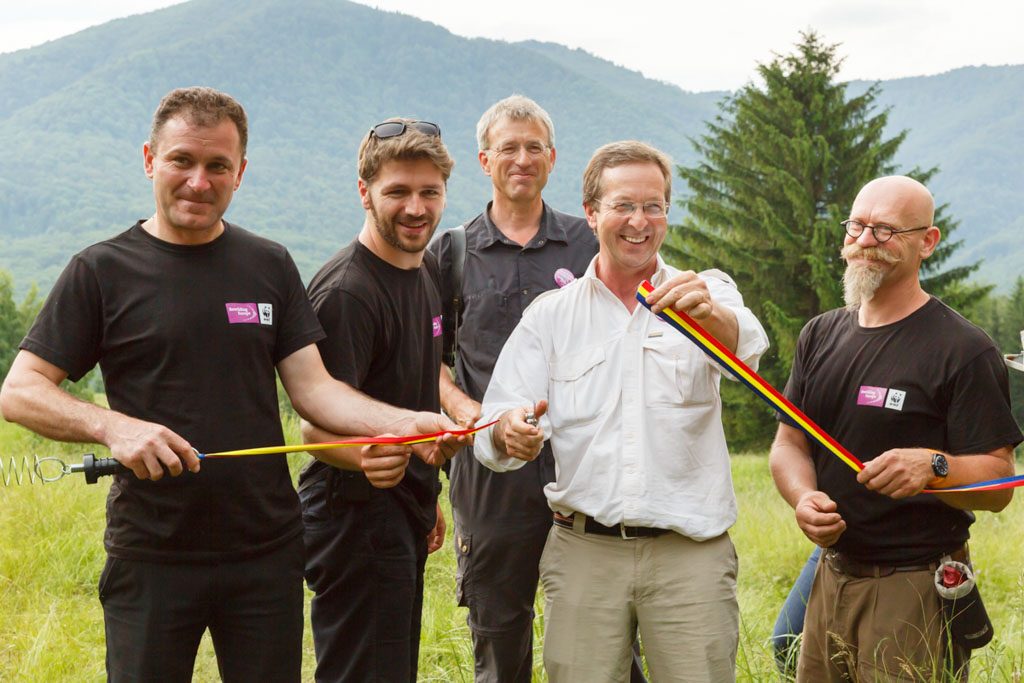
Enabling conditions for wilder nature
Through rewilding agreements with landowners, park authorities, and area managers, we are creating the enabling conditions for wilder nature across Europe. Our efforts span ten rewilding landscapes, comprising at least 5.8 million hectares of land and water. Within these landscapes, 65,125 ha is currently under our own rewilding management, while an additional 296,000 ha is being rewilded through partnerships.
Restoring natural processes like forest regeneration, free-flowing rivers, natural grazing, predation and scavenging herbivory, and carnivory, are essential for healthy ecosystems. While we may never fully comprehend nature’s complexity, we can observe and understand that nature is the best manager of natural processes.
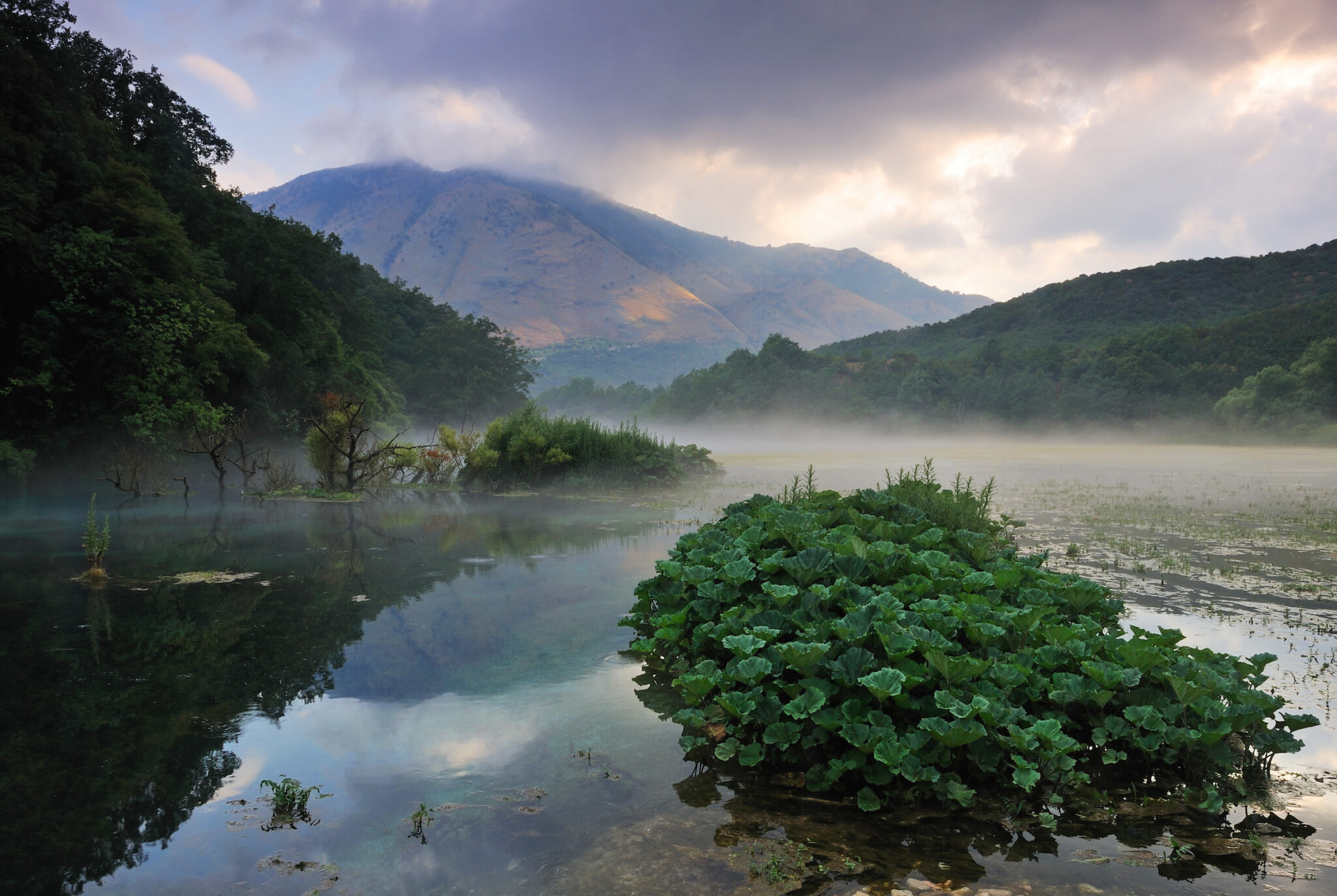
Tackling emergencies
Today, Europe faces a choice. Do we continue to let climate change and biodiversity decline continue unchecked, or do we employ the most immediate and cost-effective solutions to counter these increasingly harmful trends? In reality, it’s not much of a choice.
Restoration of nature, based on rewilding principles, is one of the best ways of tackling our current climate and biodiversity emergencies. Rewilding ecosystems across Europe not only benefits wild nature, but it also enhances the wide range of benefits that such nature gives all Europeans – from clean air and water, carbon sequestration and fertile soil, right through to flood protection, climate change resilience and enhanced health and wellbeing.
Wildlife Comeback
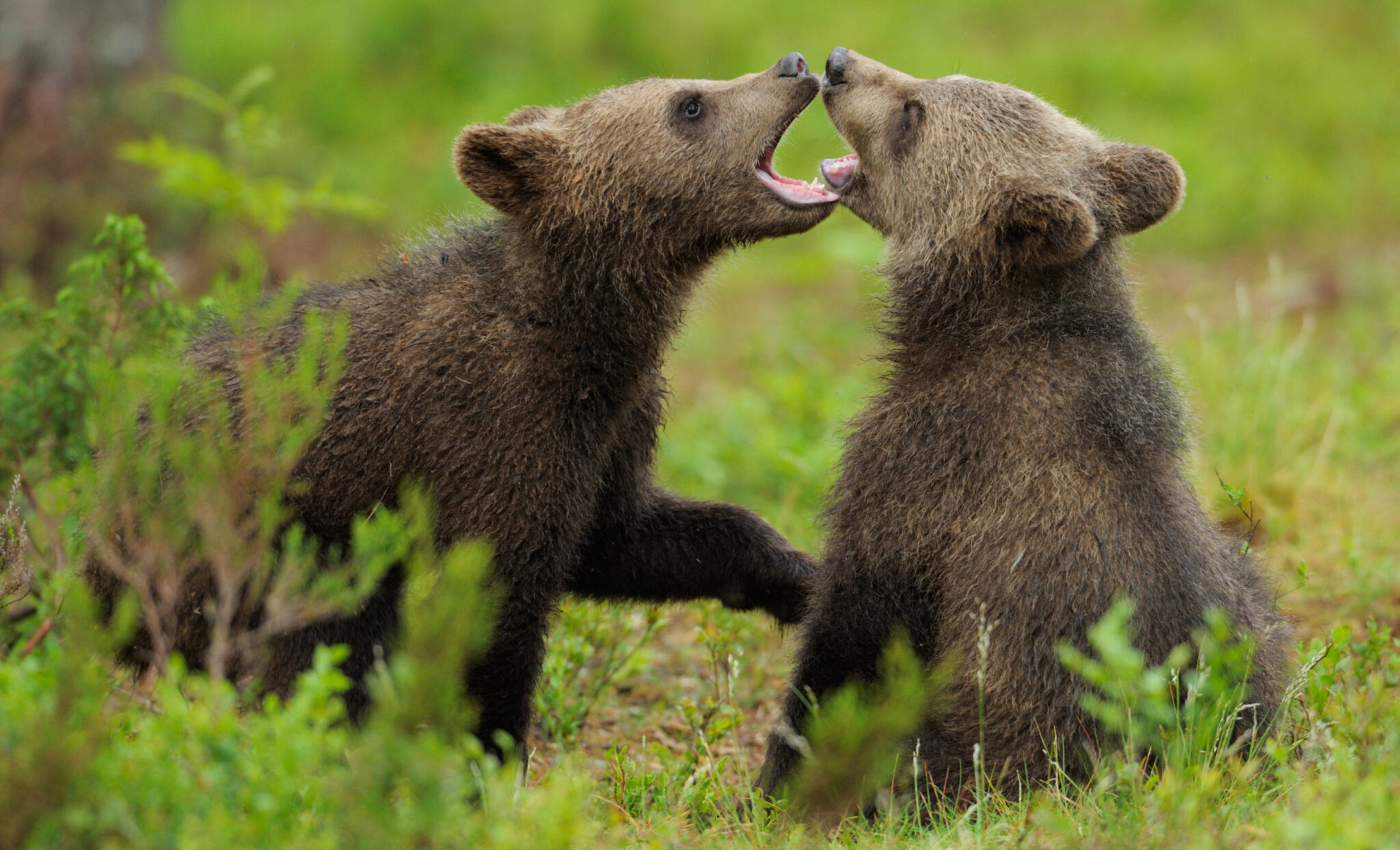
A spectacular comeback has started
After years of decline, numerous wildlife species in Europe, including beavers, elk, ibex, whooper swans, white-tailed eagles, and wolves, are experiencing a remarkable resurgence. Through measures like legal protection, reintroduction, corridor creation, conflict mitigation, and promoting co-existence, we have witnessed the comeback of wildlife across Europe over the past five decades.
Yet this only represents the start of what is possible, and also what is needed. With appropriate measures and an increasing tolerance of wildlife species by man, such species will continue to increase in population size and range.
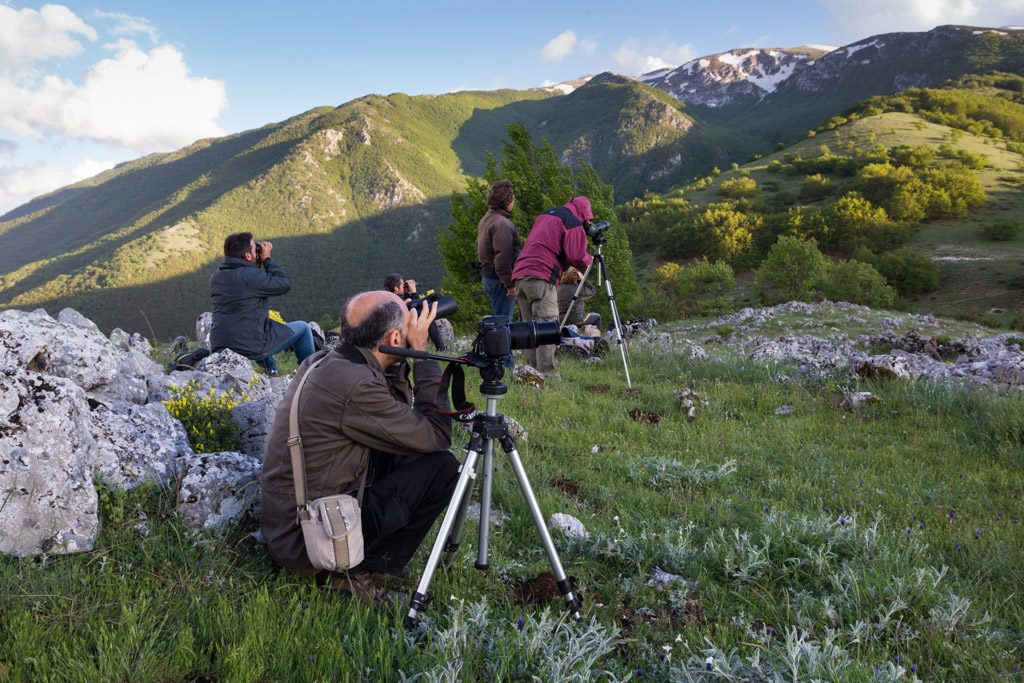
Co-existence – the way forward
While there is growing support for rewilding and wildlife comeback, this does not come without challenges. With the absence of species of sometimes over hundreds of years, Europeans are learning to live with wildlife species once again.
Wildlife can return if we give it space and take measures to live in harmony together. In our rewilding landscapes, we support co-existence by facilitating communities in taking prevention measures. We develop co-existence models, where people can benefit from wildlife comeback, for example through wildlife watching and nature-based tourism. This will grow the acceptance of wildlife returning and will support co-existence.
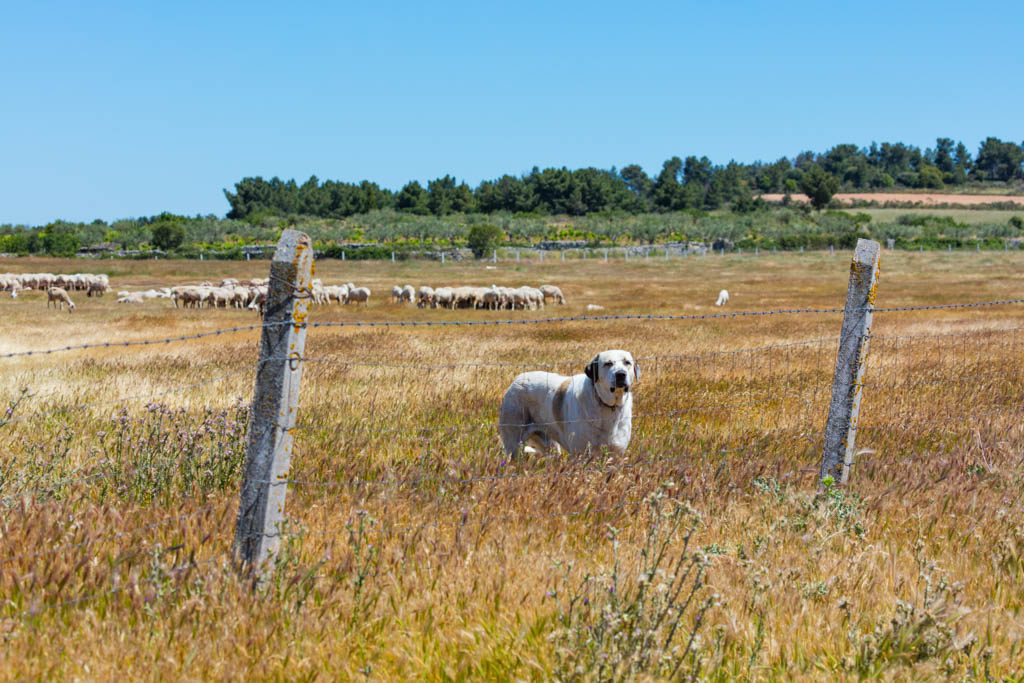
Creating the right conditions
Creating favourable conditions for the spontaneous comeback of numerous wildlife species is by far the most important tool for wildlife recovery in our rewilding landscapes. This can involve reducing hunting quotas or creating hunting-free areas, combatting poisoning and poaching, mitigating conflict and damage, protecting nesting, denning or breeding sites, and by creating incentives for people to appreciate local wildlife.
In addition to creating the right conditions for wildlife comeback to happen naturally, Rewilding Europe takes active measures such as reintroduction, population enhancement and species protection in some landscapes. The Natural Grazing Facility and the European Wildlife Comeback Fund are two important tools to actively support wildlife comeback
Our main achievements
Rewilding landscapes at the forefront
Rewilding Europe puts its vision into practice through working in 10 large landscapes across Europe. Based on a screening of over 30 nominations from all over Europe, submitted by a variety of organisations, the first rewilding landscapes became operational by the end of 2011. Starting work in five rewilding landscapes in 2012, Rewilding Europe now has ten operational landscapes across Europe, covering a size of in total nearly 5.8 million hectares.
Rewilding agreements
Within our rewilding landscapes we sign a range of agreements with landowners, reserve managers, local communities, and individuals who have rights for activities including management, grazing, hunting, fishing, and tourism. We now have multiple agreements in place across our landscapes, enabling rewilding measures across more than 346,000 hectares of wetlands, grasslands, and forests.
Dam Removal Europe
Free-flowing rivers are the veins of Europe’s richest ecosystems. They provide a huge variety of species, including species such as salmon, sturgeon and otter. Together with Dam Removal Europe, we are giving rivers give space again. In five of our landscapes we are actively working to remove dams that no longer have a function. As a result, more than 500 km of river is flowing freely again, leading to numerous benefits to both nature and people.
New rewilding models
New rewilding models are introduced in a range of landscapes. Examples are the restoration of food webs enforcing the Circle of Life, by restocking herbivores and supporting the comeback carnivores and scavengers. We are also supporting the transition of hunting to more diversified wildlife management with wildlife watching and naturally grazed forests, creating co-existence corridors, restoring peat marshes as wildfire prevention in the Mediterranean.
Wildlife Comeback
Our newly established European Wildlife Comeback Fund has made significant progress in a short time. In just over a year of operation, the fund disbursed over 1.1 million euros in grants, fostering 21 wildlife releases across 11 different countries. A promising start in our mission to accelerate wildlife comeback in Europe.
In 2022, the publication of the European Wildlife Comeback report – commissioned by Rewilding Europe, showed that some European wildlife species have made a spectacular comeback since the 1970s. The populations of some European wildlife species have grown – both in size and geographical range – over the last 40 to 50 years. The report is written by a team of experts from the Zoological Society of London, BirdLife International and the European Bird Census Council.
Natural grazing
Natural grazing is an important ecological process delivering increasing benefits across Europe. Rewilding Europe supports natural grazing in 23 different pilot areas across ten countries through the Natural Grazing Facility.
More than 1500 grazing animals have been reintroduced since 2011. As a natural progression of their reintroduction, the free-roaming horses and bison in the Rhodope Mountains and the bison herd in the Southern Carpathians (Romania) have already expanded their home range by thousands of hectares. New grazing areas have also been started in several European Rewilding Network member sites, including in the Netherlands (European bison), the Ukraine (rewilded horses), and the Czech Republic (Tauros).
